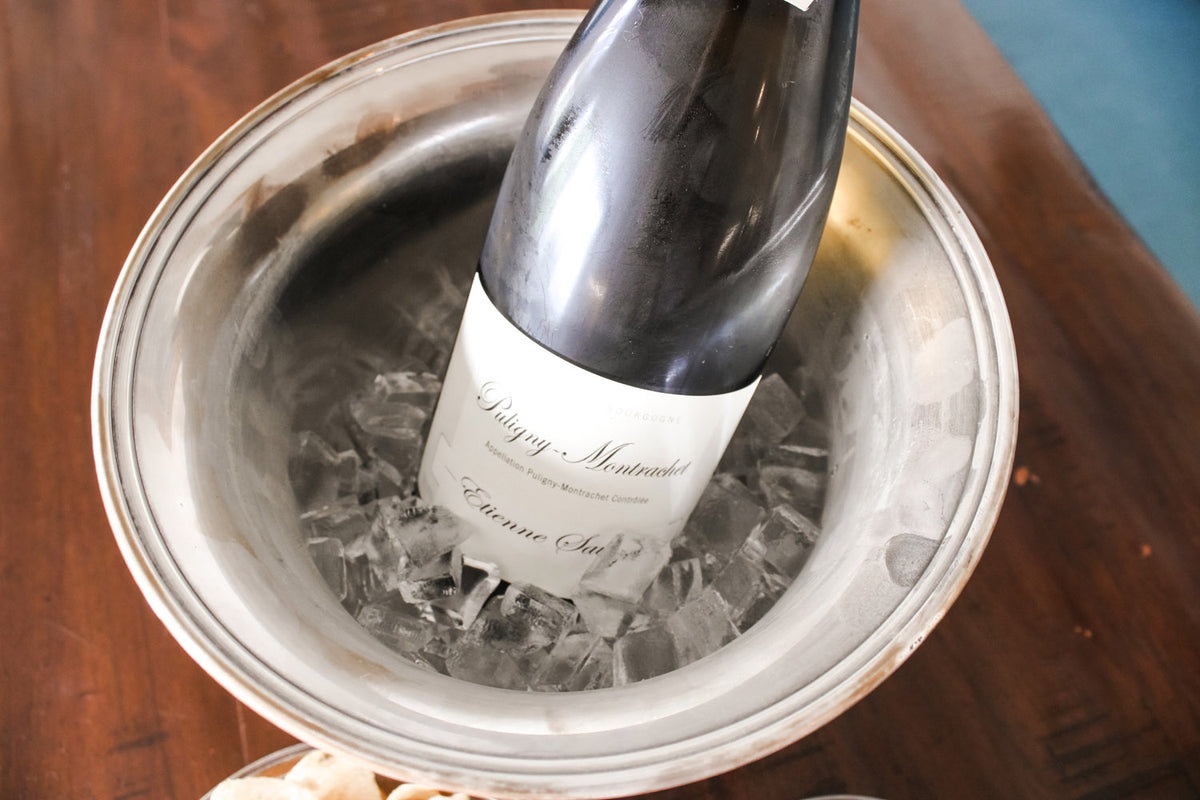Intro to wine from Andrew C. Wright, Certified Sommelier

The first and only rule of wine is: there are no rules. Drink what and how you enjoy. Enjoying a glass or wine or cocktail should not be fraught with anxiety over how to navigate the wine list, whether the serving temperature is correct, or whether your martini is shaken or stirred. There are no wrong answers. That being said, my goal in writing the notes included in your package and below are to attempt to help you enjoy and optimize that experience.
When enjoying wine at home make sure you have the right tools. Invest in a high-quality wine key. Laguiole and Code 38 make top of the line wine keys for pros, but at home all you need is a double-hinged corkscrew. Any reputable wine or liquor store will have one for under $20. Also consider buying a decanter. Don’t get fooled into buying the double-dragon spiraled decanter you see at the fancy restaurants. They are impossible to clean. Buy a simple decanter and consider buying a drying stand so it can dry out overnight. Almost all red wines benefit from decanting for an hour or more.
The Coravin is the best invention in wine since the glass wine bottle. You no longer have to open the whole bottle. Just pour a glass and pop the bottle back in the cellar. You want white and your partner wants red? No problem, just Coravin.
You may notice I have not recommended any specific vintages for the wines in your packet. One of the biggest misconceptions I hear from people is that older wines are better. This could not be further from the truth. In reality, nearly all wine purchased is consumed within a few days of purchase. Very few wines are built to age. Those that are made to age can be fantastic, but I’ve been disappointed more often then impressed when opening older bottles. When given the choice, the best practice is to err on the side of drinking younger wines. As they age, white wines become more oxidized and gain color (think about an apple you leave on the counter overnight that turns brown) and red wines lose their fruit character and become lighter in color and body. In either case, wine develops tertiary flavors and aromas with age that not everyone will enjoy. If ever in doubt, opt for the younger wine.
Temperature matters. Ideal storage temperature for most wines is around 55 degrees Fahrenheit. Most wines should be served around this temp. Your bubbles and light whites you may want to chill in the ice box more and big reds you may want to let sit on the counter until closer to room temp, but everything can start in this range. Full bodied, high alcohol, red wines especially need to be served below room temp to make sure they do not taste like lava.
When it comes to cocktails, you’ve got to have a few tools. You need a shaker (I prefer the simplicity of a Boston shaker), cocktail spoon, mixing glass, strainer, and jigger. Cocktails are like baking: everything needs to be dialed in. I like the double-sided 2 oz./1oz. jiggers that have the measurements on the inside. Take the time to dial in your favorite cocktails at home with good tools and I promise it will be more enjoyable.
Finally, drink bravely. Try new wines, regions, and cocktails. We are in a golden age of food and wine and it’s a big world out there. The next new drink you try may be your favorite.
Andrew C. Wright
Certified Sommelier, Court of Master Sommeliers
